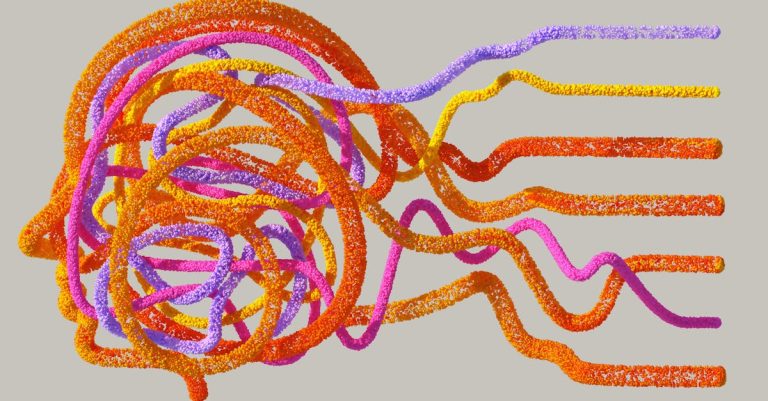Introduction
Motivation isn’t constant—whether you’re working toward a fitness goal, mastering a new skill, or driving a long‑term project, it naturally waxes and wanes. Understanding the stages of motivational decline can help you recognize when you’re slipping, anticipate common pitfalls, and deploy strategies to rekindle your drive. Below are five widely observed stages that people experience as their initial enthusiasm fades.
1. Enthusiasm (High Motivation)
- What It Feels Like: You’re energized, optimistic, and fully committed. Every step forward feels exciting, and obstacles seem surmountable.
- Why It Happens: The novelty of a new goal triggers a surge of dopamine, boosting focus and effort.
- Watch For: Overestimating how quickly you’ll progress; setting overly ambitious targets.

2. Realization of Effort (Early Frustration)
- What It Feels Like: You begin to notice hard work, plateaus, or small failures. Progress slows, and the initial “high” fades.
- Why It Happens: Your brain adjusts to routine, and the reward circuitry down‑regulates; challenges loom larger than before.
- Watch For: Irritability, self‑doubt, skipping tasks you once enjoyed.
3. Resistance (Midpoint Slump)
- What It Feels Like: You actively avoid your project—making excuses, procrastinating, or diversifying focus to less important activities.
- Why It Happens: The mismatch between expected ease and actual difficulty fuels resistance; maintaining momentum requires more conscious effort.
- Watch For: Frequent distractions, declining performance, lower self‑talk.
4. Apathy or Burnout (Deep Decline)
- What It Feels Like: You feel disengaged—going through the motions without pleasure or purpose. In severe cases, chronic stress or burnout sets in.
- Why It Happens: Sustained stress without adequate rest or positive feedback depletes emotional and cognitive resources.
- Watch For: Physical fatigue, cynicism, sense of futility.
5. Renewal or Resignation (Recovery vs. Drop‑Off)
- Two Paths Forward:
- Renewal: You pause, reassess, adjust your approach, and reignite motivation—often with renewed clarity about the “why.”
- Resignation: You abandon the goal or reduce effort to a minimal “maintenance” level.
- Key Factors for Renewal:
- Reframing: Remind yourself of your deeper purpose.
- Rest and Recharge: Take deliberate breaks or switch to smaller “micro‑goals.”
- Accountability: Enlist a mentor, coach, or peer group for renewed support.
- Warning Signs of Resignation: Permanent disengagement, declining self‑investment, or shifting priorities without revisiting your original reasons.

Strategies to Counteract Decline
- Set Micro‑Milestones: Break big goals into daily or weekly targets to maintain frequent wins.
- Track Progress Visually: Use habit trackers, journals, or apps to see momentum over time.
- Mix Up Your Approach: Rotate between related tasks or learning methods to combat monotony.
- Celebrate Small Wins: Recognize incremental achievements to boost dopamine.
- Build a Support System: Share goals with friends, join focus groups, or work alongside peers.
Conclusion
Motivational decline is a natural cycle, not a personal failure. By recognizing the stages—from the initial enthusiasm through frustration, resistance, and potential burnout—you can proactively apply tactics to sustain momentum or navigate a strategic reset. Armed with this awareness, you’ll be better equipped to transform temporary slumps into opportunities for growth and long‑term success.








